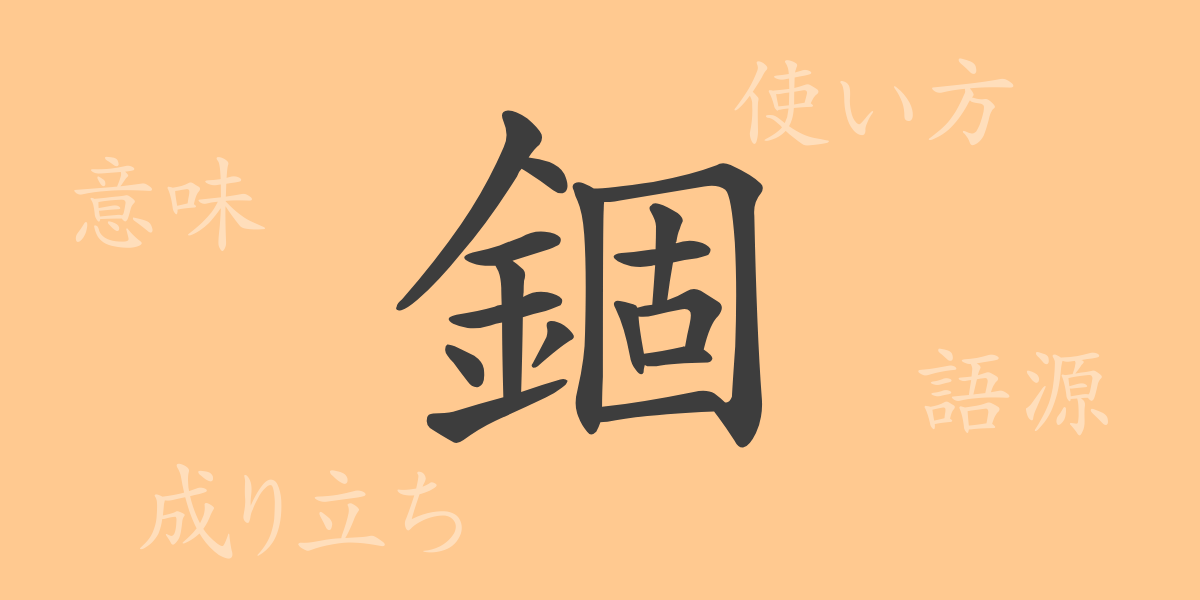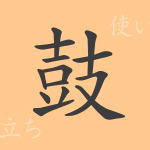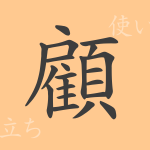The richness of the Japanese language is brought about by its complex and beautiful writing system. One of the common kanji, “錮” (こ), though seldom seen, is a fascinating character that helps us understand the deeper aspects of Japanese. In this article, we will explore the origins, meanings, uses, and even the idioms and phrases that involve “錮” (こ), delving into its full scope.
Origin of 錮 (Etymology)
The kanji “錮” (こ) originally meant to seal metal by melting and solidifying it. It signifies the act of sealing or imprisoning something. The character, which was transmitted from China to Japan, appears in ancient Chinese texts and has a long historical background. In Japan, it has undergone its own unique development.
Meaning and Usage of 錮
The kanji “錮” (こ) means “to confine” or “to prohibit” and is used to indicate restriction. For instance, in a political context, it might refer to the suppression of speech by authorities or legal prohibitions on certain actions. On a personal level, it can be used to describe the act of restraining one’s own emotions or desires.
Reading, Stroke Count, and Radical of 錮
There are interesting details regarding the reading and structure of the kanji “錮” (こ).
- Reading: The On’yomi (音読み) is “コ” (こ); it has no Kun’yomi (訓読み).
- Stroke count: It has 13 strokes.
- Radical: The radical is 金 (かねへん or かなめ), meaning “metal.”
Idioms, Phrases, and Proverbs Using 錮
While not frequently used, there are some idioms and phrases that include “錮” (こ). For example, “錮治” (こち) is used in the medical field and means to contain and treat a disease. The verb “錮す” (こす) emphasizes the action of sealing or prohibiting.
Conclusion About 錮
Although the kanji “錮” (こ) is not commonly used, it provides a glimpse into the richness of Japanese expression. Its meanings span various contexts such as politics, law, and the restraint of personal emotions. Learning about its readings, stroke count, and radicals helps us appreciate the unique system of kanji in the Japanese language. Through kanji like “錮” (こ), we can rediscover the depth and beauty of Japanese.

























